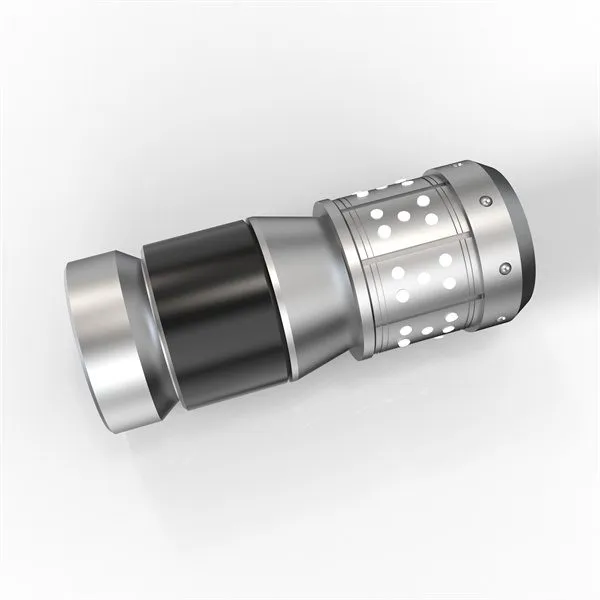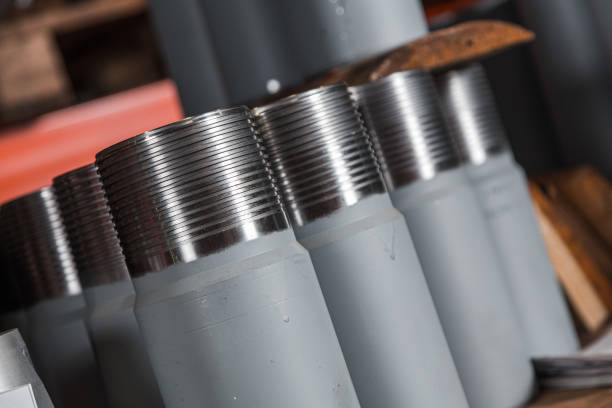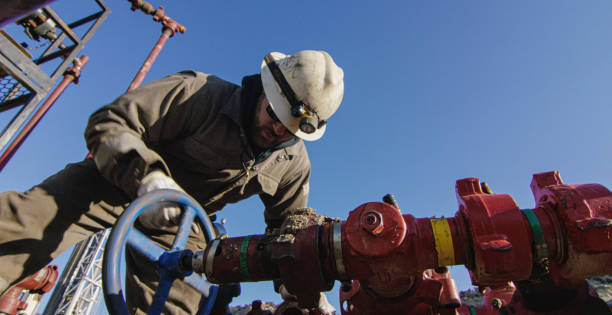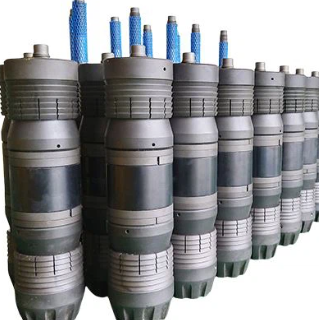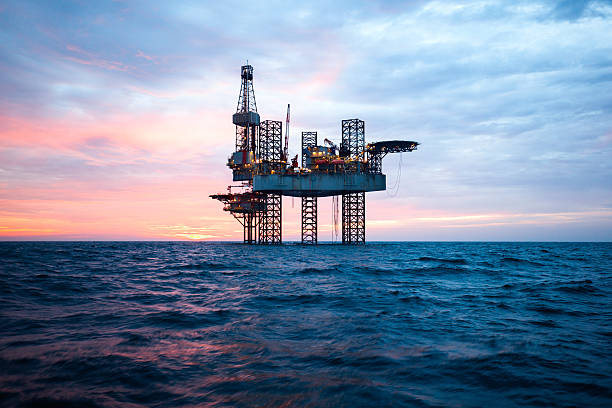English
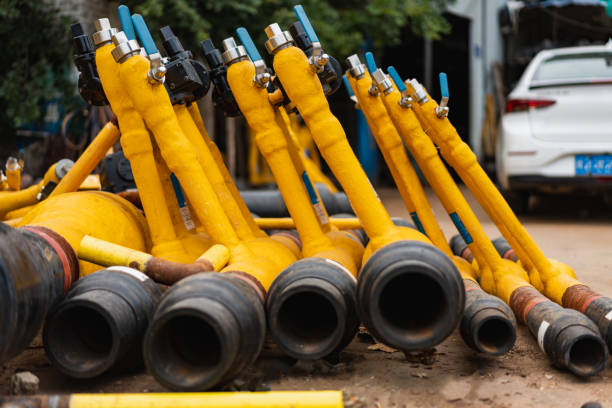
Hydraulic Fracturing Hose
Hydraulic fracturing hose: the “high-pressure blood” of underground energy extraction

In the shale layer thousands of meters deep on the earth, high-pressure water flows at a flow rate of 20 meters per second, carrying tons of proppant to fracture the rock layer, and the hydraulic fracturing hose connecting the pump truck and the wellhead is the core transmission channel of this “underground revolution”. This special hose that can withstand 15,000psi pressure and extreme wear and chemical corrosion is not only the technical lifeline of shale oil and gas extraction, but also represents the pinnacle fusion of polymer material science and fluid engineering
Technical limits under extreme working conditions
Hydraulic fracturing hoses need to operate stably under multiple physical and chemical limits:
Ultra-high pressure shock: The fracturing pressure of horizontal wells generally reaches 10,000-15,000psi (69-103MPa), and the instantaneous pressure fluctuation exceeds ±10%, and the hose bursts The pressure must reach 4 times the working pressure, which is equivalent to 7 tons of force per square centimeter;
Multiphase flow abrasion: The fracturing fluid containing 30% ceramsite sand passes at a flow rate of 16m³/min, the sand particle diameter is 0.45-2mm, the annual impact number exceeds 10¹² times, and the wear rate must be <0.08mm³/(N·m);
Tolerance to extreme environments: The operating temperature spans from -45℃ to 135℃, the fracturing fluid contains hydrochloric acid, guar gum and other ingredients, the pH value fluctuates from 1-13, and it is necessary to resist ultraviolet aging and ozone corrosion.
The service life of traditional rubber hoses is less than 200 hours under this working condition, while modern multi-layer composite hoses have increased their service life to more than 1,000 hours through material and structural innovation, supporting fracturing operations of more than 50 sections in a single well.
Precision manufacturing and process leap
The production of hydraulic fracturing hose is a model of precision engineering and intelligent manufacturing:
Dynamic vulcanization process:
Nano zinc oxide and white carbon black are added during the rubber mixing stage, the vulcanization temperature is precisely controlled at 155℃±0.3℃, and the crosslinking density reaches 98%;
The continuous vulcanization production line speed of Continental AG reaches 40m/min, and the thickness deviation is <±0.03mm.
Seven-dimensional weaving technology:
The 1024-spindle fully automatic weaving machine completes the reinforcement layer weaving with an angle accuracy of 0.05°, and the tension fluctuation is <±0.8%;
The AI visual correction system of Qingdao Soft Control in China reduces the defect rate to 0.005%.
Composite lamination process:
Using plasma activation and vacuum hot pressing technology, the interlayer bonding strength is >10MPa, and the peeling force is >80N/cm;
The Italian Manuli Group introduced laser surface texturing treatment to increase the bonding strength of rubber and fiber by 50%.
Conclusion
From 10,000-meter deep wells to polar oil and gas fields, hydraulic fracturing hoses carry the hard-core needs of industrial civilization with their flexible bodies. When intelligent sensing and self-repairing technologies are injected into this “high-pressure blood vessel”, human beings will be more accurate and sustainable in the exploitation of deep energy in the earth. As stated in “Extreme Working Conditions Material Engineering”: “The true strength of the hose does not lie in the limit of pressure, but in the courage to continuously break through the boundaries of materials.” In the grand narrative of energy transformation, this technology will continue to evolve and provide inexhaustible power for the next chapter of human civilization.


